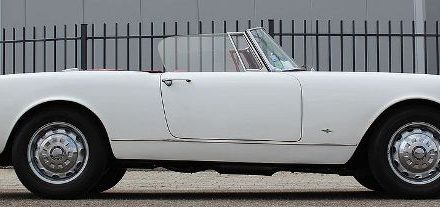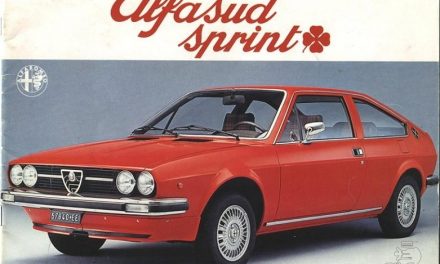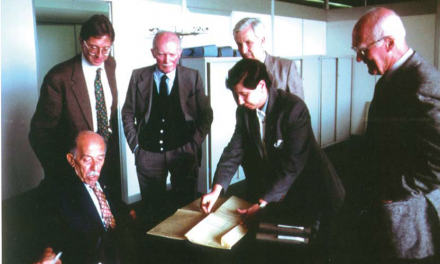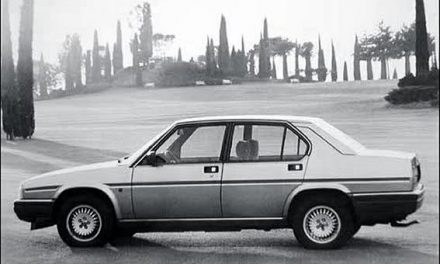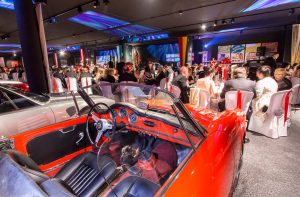ELVIRA TELLS
The Brazilian Alfa, a pioneering enterprise.
05 October, 2017
"It was the 1973 oil crisis and the rising price of the barrel that put the Brazilian government in enormous difficulty, forced to find a cheaper alternative fuel, and found it in ethyl alcohol."
While working in Brazil at the Fabrica Nacional de Motores (called FENEME), where the 2000 Berlina were built under Alfa Romeo licence, in addition to the famous Autocarro Mille, Alfa Romeo produced an alcohol engine.
It was the oil crisis of 1973 and the increasing price of the barrel that put the Brazilian government in great difficulty, forcing it to find a cheaper alternative fuel, and it found it in ethyl alcohol.
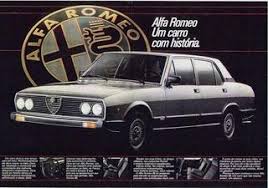
The Brazilian federal government started the Pro-alcohol programme in November 1975, and the Brazilian car manufacturers, who were immediately interested in this initiative, signed a protocol that envisaged the production of 900,000 alcohol (100%) cars by 1982. It was discovered that current spark ignition engines could be powered by a mixture of petrol and anhydrous ethyl alcohol (20%) without requiring structural modifications and so this type of petrol was immediately introduced on the market.
Alfa Romeo also took part in this initiative, which can be defined as pioneering, and in Brazil almost all the cars were successfully powered by engines using both petrol and ethyl alcohol.
Returning to the Alfa plant in Brazil, in the 1960s, the 2000 saloon was a unique car both for its line and its performance as a racing car, and for this reason it was in great demand on the Brazilian market. At that time the races were organized by some volunteers and took place, except for Interlagos, on city circuits with the participation of production cars only.

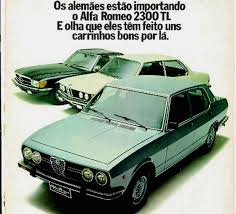
The 2000 (which was renamed J.K. in honour of the President of the Republic, Joselino Kubicen, who had wanted it) won numerous races, including the 24 hours of Brasilia, the 12 hours of Interlagos twice, and many more, until it won the national title, attracting thousands of people and spreading the prestigious image of Alfa Romeo. A number of Alfa technicians from the mission in Brazil contributed to these successes. In 1972 a new generation of heavy trucks was presented to replace the old Mille truck. In October 1973 a new car was launched, the 2300, which quickly became the top car on the Brazilian market.
At the beginning of 1977 two more cars were presented, the 2300.B and the 2300.TI, and the Alfa Romeo "Rio" was destined for export to the European market, particularly Germany. One of these cars is in charge of the Arese Museum.
At the end of the seventies, FIAT took over the FNM plant, ceasing the production of trucks in 1985; the "2300", whose production was moved to the Fiat plant in Betim, remained in production until 1986.
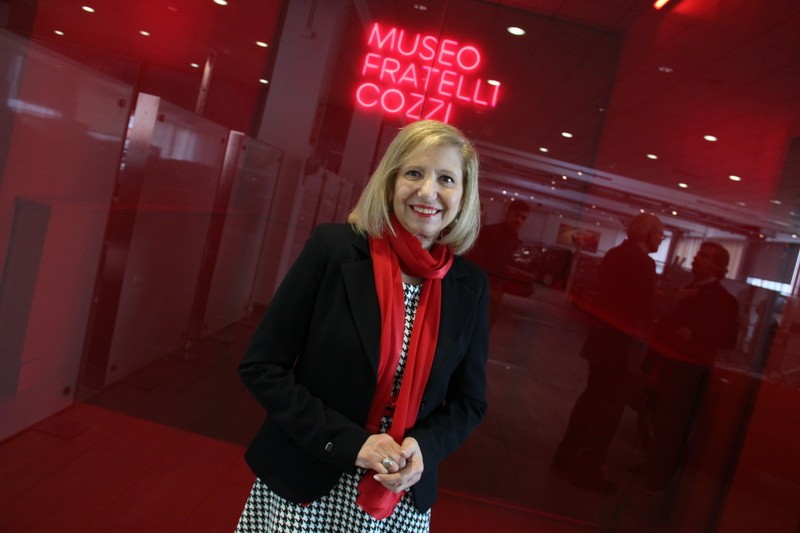
Elvira Ruocco, historical memory of Alfa Romeo, thanks to her more than twenty years of experience at the Alfa Romeo Centro di Documentazione Storica, has become part of the Museum team and in the column "Elvira Racconta" she will share curiosities and anecdotes that you may not know or remember. We will retrace the legendary history of Alfa Romeo with her.

